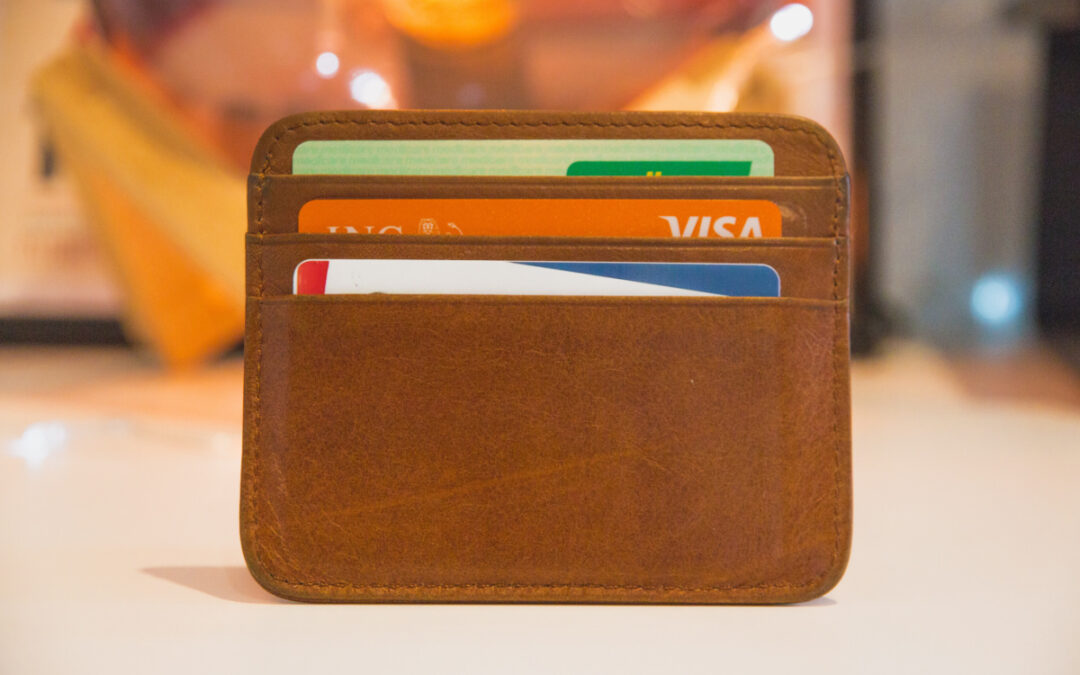Today it may pay to shop around for checking and savings accounts. Many banks, especially online banks, offer higher interest rates than brick and mortar banks. Switching banks, however, involves time and some work. Does just the idea make your head spin? If you have many automated reoccurring transactions, switching banks can be a challenge.
When I changed my primary bank, I naively hoped the process would take a month. It took four. Here I share with you my experience and tips on how to switch banks.
Decide whether moving is worth the hassle.
Does the potential increase in interest earned on your money make the move worthwhile? It may be if you are transitioning both savings and checking accounts as savings accounts generally pay more in interest. You may have other reasons to move such as greater convenience, a bank take-over that you don’t like, or changes in your bank’s policies, fees or hours. Perhaps your current bank no longer offers accounts meeting your needs or it has poor customer service. Perhaps you are moving to a place where the old bank doesn’t exist, or you want to use an on-line bank that offers free ATM withdrawals.
Have sufficient funds and time on hand.
It may take a while to transition all the payments and deposits from the old to the new account. Make sure you can keep enough money in both banks to cover all your payments and avoid any minimum balance fees.
Keep a few checks.
If you write checks, keep some from your old account on hand. You may need to use a few, and they can be used to transfer funds from the old account to the new.
Inventory all your automated transactions.
Comb through four months of bank statements to compile a list of bills you pay on-line, payments you have debited from your account, automatic deposits, and regular transfers to other financial institutions. If you have automated deposits or debits that occur infrequently, such as tax or insurance payments, peruse a full year of statements.
Make a chart of your automated transactions.
Have four columns: The transaction, date the transaction typically occurred in your old account, date you initiate the change to the new account, and the date the transaction first appears in your new account.
Move your income first.
Contact your employer, Social Security, and other income sources to move your automatic deposits to your new bank. For me, it took three weeks for income to first appear in the new account. Depending on the timing and frequency of deposits, this can take more or less time.
Once you have sufficient funds in your new account:
Contact the companies who “pull” funds from your account.
These are often bill payments and transfers to other accounts (such as IRAs, 429 plans, etc.) where you authorized the company to take (“debit”) the money from your bank account. Arrange for the company to start debiting the new bank account. It took me about a week to contact all the companies and submit the change forms. I had to set aside time to make telephone calls or go to their websites. If you have any automatic deposits or withdrawals that occur less than monthly, request written verification that the next transaction will occur with the new account.
Stop paying bills from the old account.
By now you should have online access to your new account and, hopefully, you have received new checks. Monitor both accounts regularly to verify they have sufficient balances to cover all the payments you have made but have not yet cleared the bank.
Switch your on-line bill payments to the new account.
These are payments initiated by you from your bank’s website. Update other transactions you originate, such as transfers to accounts at other banks, college savings accounts, retirement accounts, etc.
Throughout this process, transfer additional funds as needed to your new account.
However, leave enough in the old account to cover any payments that have not yet occurred in the new account and any un-cleared checks. To avoid fees, be mindful of any minimum balance requirements.
Record on your chart the date automated transactions first appear in your new account.
As you regularly go online to check the activity in both accounts. You want to stay on top of this. I had to follow-up with one important payment: my mortgage. The person at the mortgage company didn’t understand I was changing banks. She saw the bill was paid – from the old account – and concluded nothing needed to change. It thus took an additional month for this payment to switch over.
Make a list of the checks and online payments that have not yet cleared your old bank account.
Include the date, check number, payee, and amount. As checks clear the old account, check them off your list.
If some checks haven’t cleared within a few weeks, contact the payees and tell them to deposit the checks.
Tell them you are closing the account. It took one of my service providers 11 weeks to cash a check, and he did so only after I spoke to him in person and told him I was closing the account in 10 days.
Once you are certain all the checks written from the old account have been paid and all the automated transactions have appeared in the new account, you can finally close the old one.
Enjoy your new bank!
This blog is published to provide you with general information only, and is not intended to provide specific or comprehensive advice. Money Care, LLC encourages individuals to seek advice from competent professionals when appropriate.

